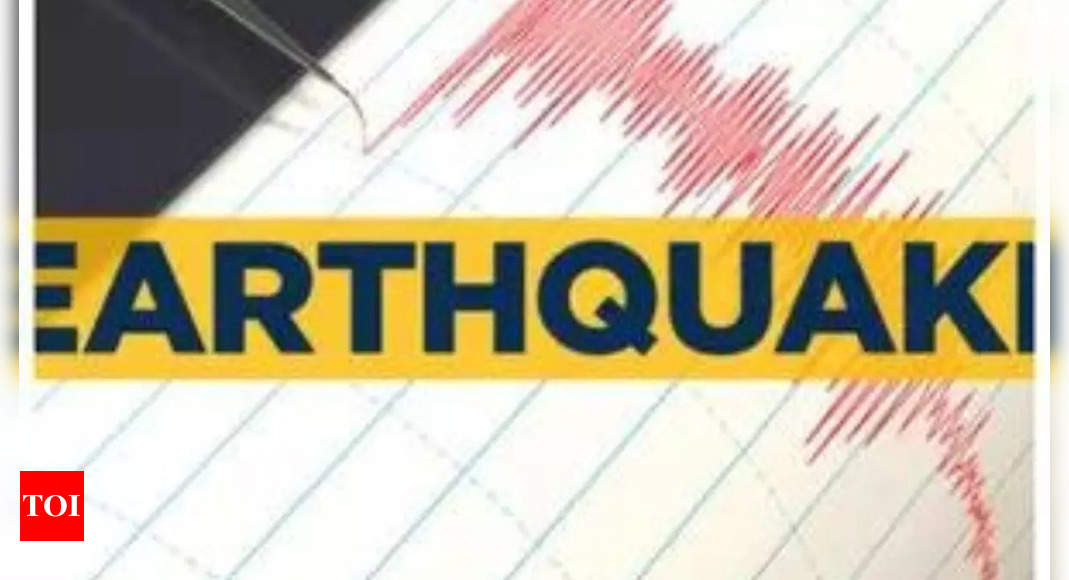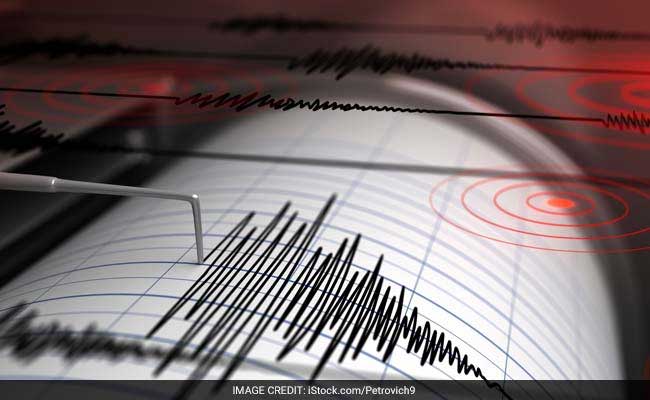
[ad_1]
There’s a rather endearing idea laid out in the sci-fi classic The Hitchhiker’s Guide to the Galaxy by Douglas Adams, and it is this: Maybe the universe is full of life, aliens zipping about, stopping at intergalactic cafés. And they’re all just waiting for Earth to stop being the remote tribe of the universe, and finally join in.

Could there be some truth to that? There certainly is a lot more going on out there than most Earthlings realise. For instance, where one may think one knows exactly how many moons everyone in our solar system has… one would most likely be way off the mark.
Because, rotating out there, in sync with our various planetary neighbours, are still-mysterious bodies called quasi-moons that aren’t exactly satellites, but come so close to being satellites that they can’t be said to not be satellites either.
There is a quasi-moon called 2002 VE68 that has been orbiting Venus, for instance, for about 7,000 years. It was spotted by Brian Skiff, a researcher with the Lowell Observatory in Arizona, in 2002. “It was identified as part of a large survey the Lowell Observatory was running from 1998 to 2010, to find new near-Earth objects. This was one of many such objects found during the survey, and it did not seem special at the time,” Skiff says.
It was taken, in fact, for an asteroid.
Then, in 2004, an international team of astronomers led by the Finnish astronomer Seppo Mikkola discovered that 2002 VE68 wasn’t simply an asteroid orbiting the Sun. It was in a bit of a dance with Venus, taking the same amount of time to travel around the sun as that planet, in a sort of distant orbit — circling alongside, much farther than a moon would, but still influenced by the planet.
And so, Venus, which was thought to be moon-less, turns out to not be so alone after all.
Several quasi-moons have been identified since this first one in 2002. They are not considered real moons partly because of the weak gravitational link with their planet, partly because they tend to escape that link and hurtle out of orbit eventually. And also because they treat the Sun as their primary partner, not the planet.
Earth currently has seven quasi-moons. Most are rather tiny. The 2023 FW13, discovered in 2023, for instance, is about the size of three large SUVs put together. Another, the 469219 Kamoʻoalewa, is thought to be a Ferris wheel-sized chunk of the moon, according to a study published in Communications Earth & Environment in 2021. It has a silicate-based composition, “with reddening beyond what is typically seen amongst asteroids in the inner solar system”. The closest match to the object’s physical characteristics was “lunar-like silicates,” the study stated.
Could some quasi-moons be bits of a planet’s moon? The working theory is that they could, like asteroids, be fragments of any kind of ancient space rubble, Skiff says.
Researchers are now studying how they move around. It is estimated, for instance, that 2002 VE68 was once a near-Earth object, before it was flung by Earth towards Venus. It is expected to remain in its current orbit for another 500 years. After that, it is unclear where it might head.
“We think that most quasi-moons originate from the inner part of the main belt of asteroids between Mars and Jupiter, and probably get thrown into planet-crossing orbits following collisions among those bodies,” says Skiff.
It’s a veritable disco in the skies, is how LA-based writer and researcher Latif Nasser puts it, in an episode of his podcast Radiolab (and host of the Netflix show Connected). Click here to see how he sparked a viral discussion on quasi-moons online, and why he campaigned to have one of them renamed after a typo.
[ad_2]
Source link








